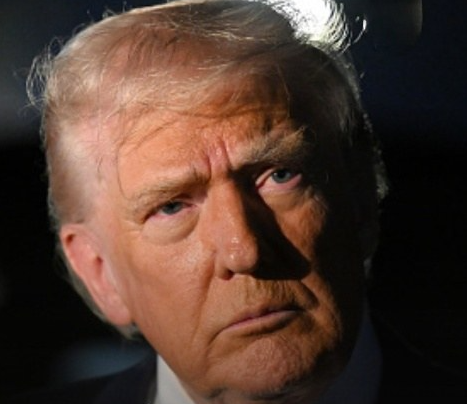The announcement hit like a thunderclap from the campaign trail, wrapped in the kind of simple clarity that makes people stop and listen: $2,000 for every working family, funded by revenue from aggressive new tariffs. On paper, it was tidy, almost elegant—America taxing foreign goods and sending the money straight back to its citizens. At least, that was the pitch.
But beneath the applause and viral soundbites, the reality was already fraying.
In the weeks that followed, analysts across the political spectrum began publicly dissecting the numbers. Tariffs had indeed raised revenue—but nowhere near enough to cover the promised payouts. Billions had come in, yes—but less than half of what the proposal required, and most of that was tied up in legal challenges, injunctions, and bureaucratic red tape that even seasoned policymakers struggled to navigate.
And the courts were circling.
The Supreme Court had agreed to hear a challenge to the administration’s use of emergency powers to impose the tariffs. Inside the courtroom, the justices grilled the government’s lawyers on how far executive authority could extend. Skepticism was high; a ruling against the administration could not only collapse the plan but also trigger a cascade of legal consequences—refunds to importers, corporations, and trade groups who had been contesting the tariffs for months.
The stakes were immense—politically, economically, legally.
Still, the White House pressed the message: the money was coming. Soon. Very soon.
Behind closed doors, however, even allies admitted there was no actual timeline. Not for rollout, eligibility criteria, or the mechanism of payment itself. Would Americans receive checks? Digital deposits? Tax credits? Rebates on future filings? Nobody could say. Congress hadn’t passed legislation, and negotiations were stalled amid competing priorities.
Some lawmakers called it bold; others, reckless. Most called it classic election-year theater—a headline posing as policy.
The public reacted in the usual way: cautiously hopeful yet wary. Families struggling with bills and groceries imagined what $2,000 could mean—a few weeks of breathing room, a repaired car, a month without impossible choices. Even skeptics allowed themselves a fleeting “what if.”
But optimism faded as reporters kept asking: When will Americans actually get the money?
Every official response blurred into vague repetition: “Working on it… reviewing options… finalizing details… awaiting Congress.”
Behind the scenes, congressional aides whispered the real obstacle: eligibility. Income limits? Household size? Citizenship? Phase-outs? Universal or targeted? Every proposed plan faced opposition before it was even finalized.
And then there was the politics.
Hardliners wanted strict limits. Moderates favored broader access. Governors demanded states not bear administrative costs. Economists fretted over inflation and market reactions. Fiscal conservatives warned that relying on tariff revenue—a notoriously unstable source—was like building a house on sand.
Yet the administration persisted. The President doubled down on camera, declaring that “high earners won’t get a dime,” and if the courts blocked the tariff plan, “we’ll do something else—trust me.”
It was the “something else” that unsettled insiders. No one in Congress or the Treasury Department knew what it meant, according to leaked memos.
Meanwhile, the public waited.
In diners, barbershops, grocery aisles, and social media threads, the same questions circled: Is this real? Will the money actually arrive? Or is it just another promise that will vanish after the election?
For many, the answer mattered less than the feeling. The story opened a familiar wound—one shaped by years of promises that never materialized: stimulus checks, tax rebates, relief programs. Excitement. Confusion. Delay. Disappointment. Repeat.
And yet, hope lingered stubbornly. In a country where millions live near the financial edge, even the rumor of relief offers a fleeting sense of comfort.
But as court challenges intensified and congressional talks dragged, the reality became unavoidable: no timeline, no payment plan, no clarity.
Just a promise floating in political air.
A familiar promise, heavy yet shapeless.
As the month ended, the only honest answer left was one no official wanted to say aloud: Americans shouldn’t expect the payout anytime soon. Not next week. Not next month. Maybe not at all.
For now, the idea remained exactly what it had always been: a headline posing as certainty, drifting through the national conversation, offering hope that could not yet be cashed.
